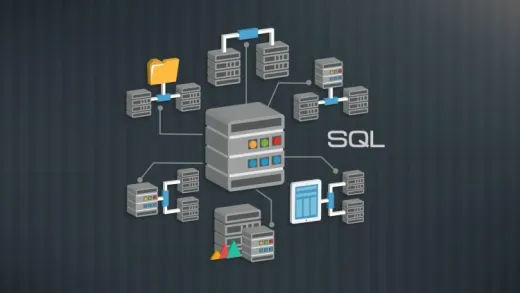Brief Summary
This Introductory Microsoft SQL Server Training course teaches you how to build a simple database to collect and analyze data. Forget the boring theory; you'll actually dive into real case studies and practical examples. Perfect for anyone wanting to get their feet wet in data management!
Key Points
-
Understanding database concepts and definitions.
-
Learning about logical and physical data models.
-
Getting familiar with structured query language (SQL).
-
Building a sample data model from scratch.
-
An overview of the SQL Server product suite.
Learning Outcomes
-
Define what a database management system is.
-
Create a logical data model and implement a physical one.
-
Normalize data effectively for your database.
-
Understand key attributes in database design.
-
Get to know the SQL Server product suite.
About This Course
Learn how to build a simple SQL Server database to collect and analyze your data in this Microsoft SQL server training
Each modern business needs to have a way of collecting and analyzing large amounts of data. There are many Relational Database Management Systems (RDBMS) you could choose from, but Microsoft's SQL Server is the most popular one used by top enterprises as well as small to medium-sized businesses. This SQL training course introduces you to database concepts and the process of building a database from the ground up. The Introductory Microsoft SQL Server Training course provides a brief overview of all major components of SQL Server product suite, but focuses on relational DBMS. Instead of forever dwelling on theory, this SQL training course provides a case study of defining a logical data model, implementing a physical model through SQL Server objects and also introduces Transact-SQL code modules.
Take this ultimate Introductory Microsoft SQL Server Training course now and learn how to build a simple SQL Server database.
</p>
Discussion of database concepts - definition of a database management system, logical and physical data models, structured query language.
Building a sample data model - start with a list of business entities and attributes, normalize the data, define key attributes.
Overview of SQL Server product suite.




Julian M.
Im totally new to this subject detail, so alot to take in.